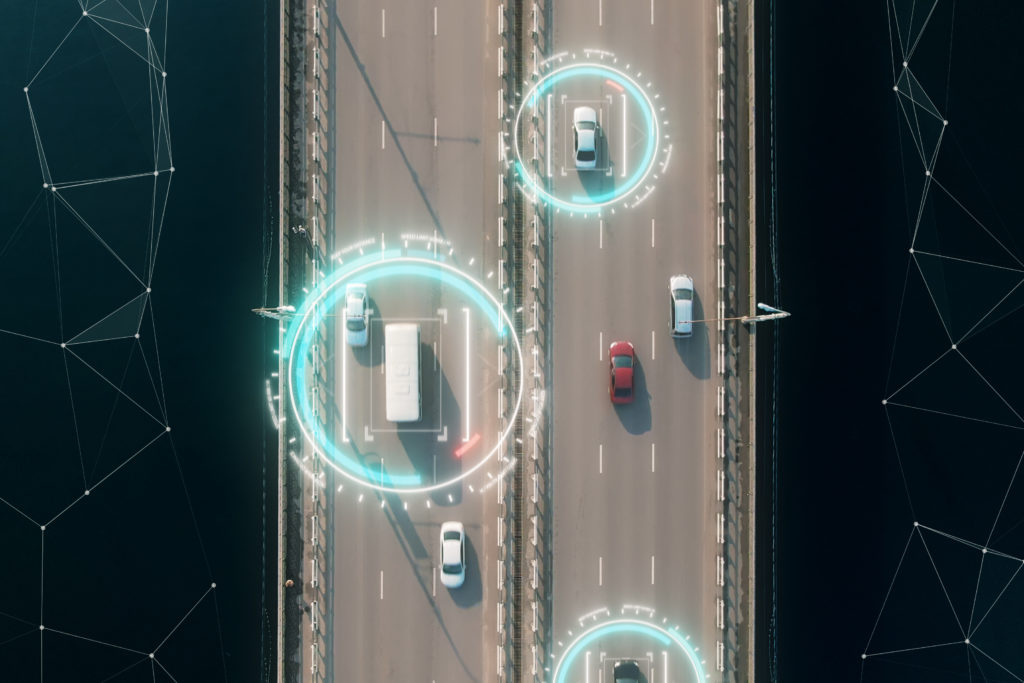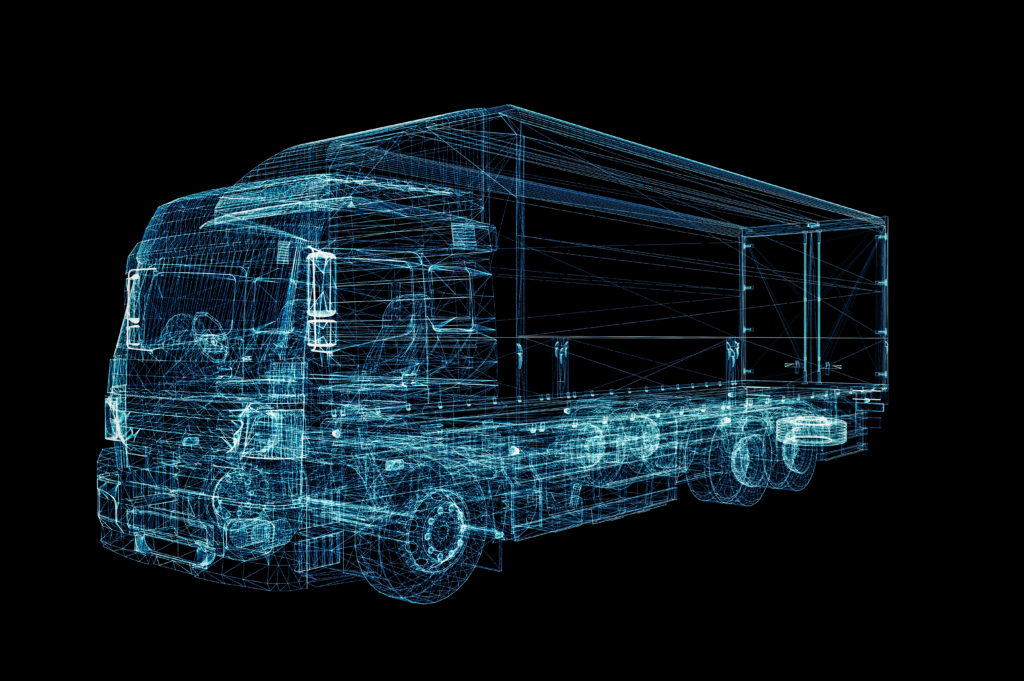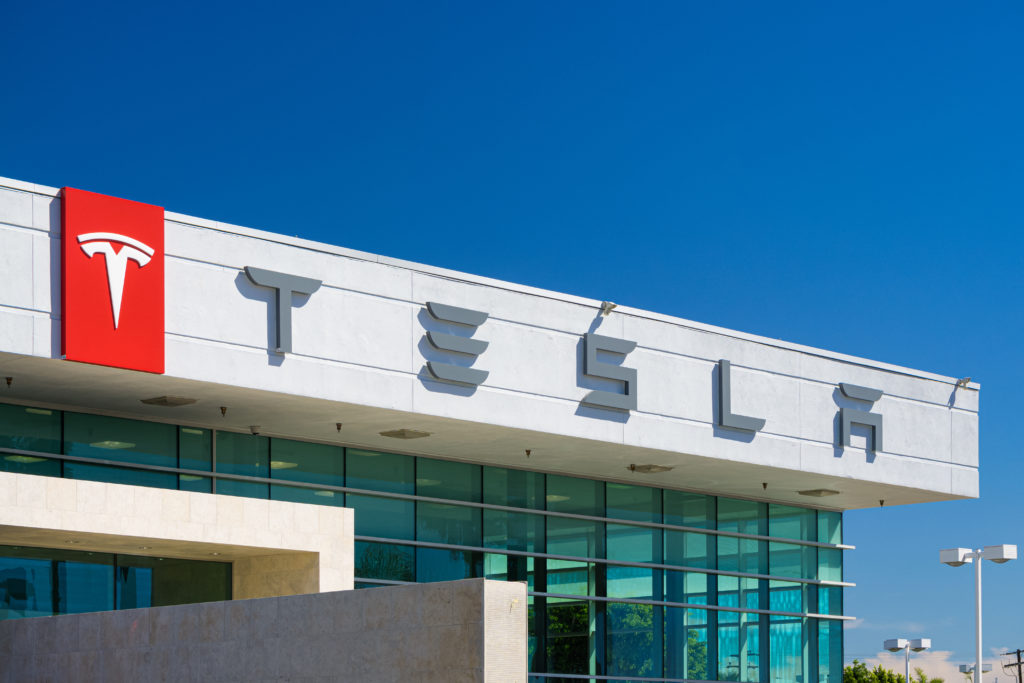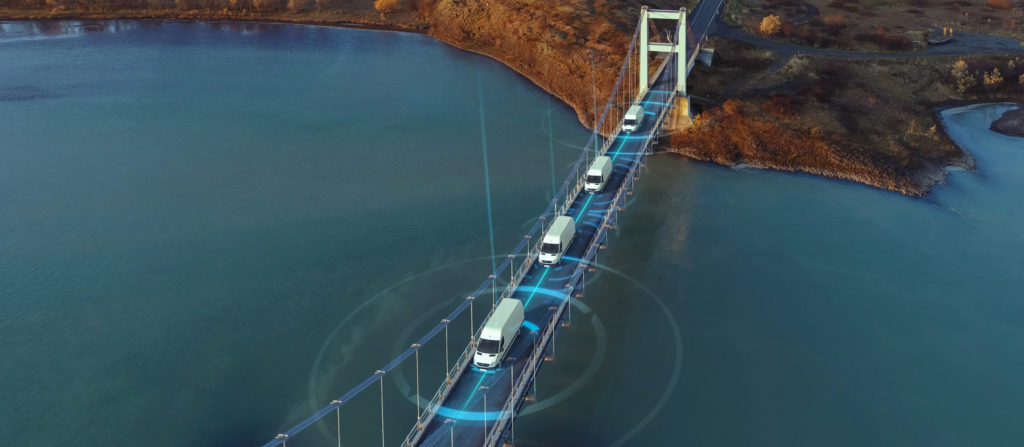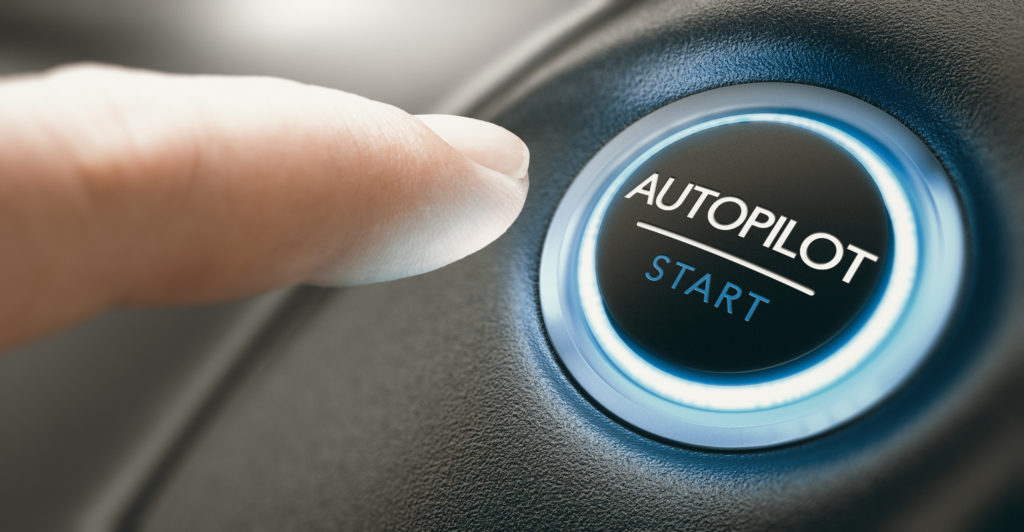
The U.S. House of Representatives is considering a bill that would allow car manufacturing companies to distribute up to 100,000 self-driving vehicles. The legislation, called the SELF DRIVE Act, has received little-to-no attention over the last few years. It was passed unanimously in 2017 by the House, but failed within the Senate. Democrats and trial lawyers both worried about potential lawsuits that could arise if someone is injured or killed in an autonomous vehicle.
The measure would give the Secretary of Transportation the ability to make federal motor vehicle rule exemptions regarding a car’s need to have a human operator on board. 25,000 cars per carmaker could be operated initially if a company can show it meets traditional vehicle safety standards.
Following a period of one year, a manufacturer’s exemptions would rise to 50,000 and then to 100,000 in the two following years. States would not be able to limit sales more than the federal statute with any new laws. Right now, a car manufacturer can produce 2,500 self-driving vehicles for testing.
Ohio Representative Bob Latta believes the self-driving measure should resurface in Congress after the House’s major backing in 2017.
“This is a very good bill,” Latta said. “Not only for safety–we had over 37,000 people killed in traffic accidents–but also for the bipartisan work that was done.”
However, Michigan Representative Debbie Dingell said she won’t support the revisited measure, although she was a proponent of the 2017 version, because she doesn’t believe it will reach proper reconsideration in committee or within Congress before the end of the term.
“The Congress should have considered autonomous vehicle legislation, but for a variety of reasons, that has not occurred,” she explained.
Latta’s “desire to see action by our colleagues” is respectable, Dingell said, and agrees that immediate action on the matter of AV is necessary. She also expects 2021 to include many bipartisan discussions on self-driving legislation, and that she has already received Democratic leader commitment to making the issue a priority if the democrats continue their control of the House.
Bringing back the legislation was a “cynical” move for lawmakers who have seemed nonchalant in regards to AV regulation, said Center for Auto Safety executive director, Jason Levine.
“As a reminder, this bill contains no regulatory or testing requirements to improve public confidence in the long-term safety of driverless vehicles,” he said. “Instead, the SELF DRIVE Act protects auto manufacturers and technology companies from legal responsibility when their unregulated products put consumers at risk.”
This news comes shortly after major trucking company Daimler Trucks purchased a majority share in Torc Robotics in efforts to work toward Level 4 autonomous truck development. The companies see the path to AV trucking as a marathon rather than a sprint, and believe they can bring automated trucks to mainstream transportation by 2030.
SAE Level 4 is the name for a truck’s ability to operate without driver assistance or input during certain conditions or in specific areas.
The companies have also been urging Tier 2 suppliers for additional safety tech, and announced that Daimler’s Autonomous Technology Group would build headquarters in Albuquerque. The center will boost testing capabilities and data collection for the use of innovative vehicle technology on public roads.
Torc Robotics CEO Michael Fleming noted that there are still many obstacles ahead, and that safety-focused technology is not quite ready for commercial deployment.
“We have been engaging Tier 1 suppliers with new requirements, trying to push the envelope on radar, lidar, and cameras, and also compute systems at the same time,” he explained. “At the end of the day, when we bring product to market, it has to be cost-effective, meet the performance specifications to address not only safety, but ensuring we can drive efficiently to the destination and deliver goods in a timely fashion…There isn’t, in my opinion, automated vehicle hardware commercially available that meets all three today.”
Still, collaboration is key to pushing new methods of safety technology forward, Fleming said.
“Daimler’s commitment to safety, innovation leadership of truck technology, and foundational knowledge of on-road scenarios that truckers encounter has moved our system faster than we could have done alone as a technology firm.”
